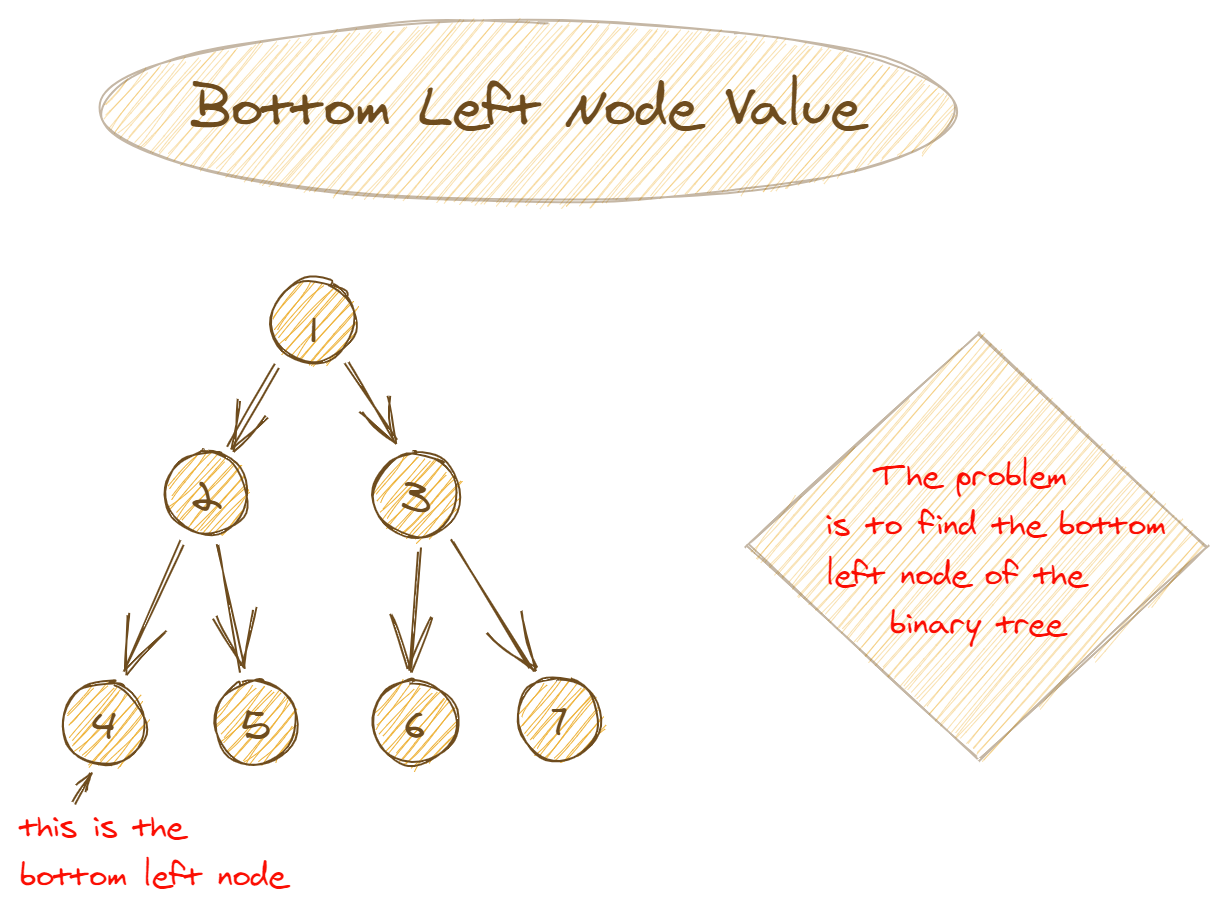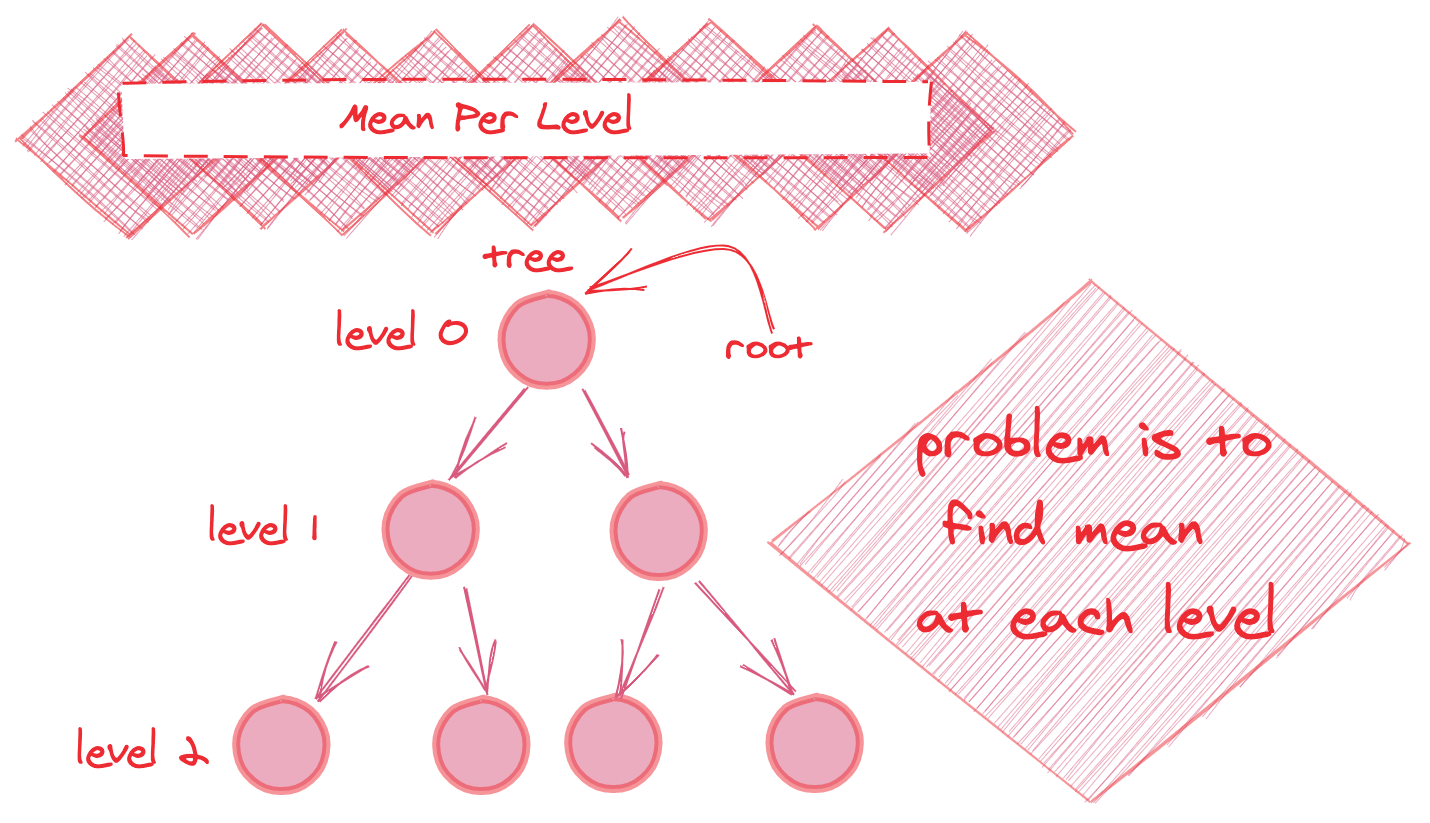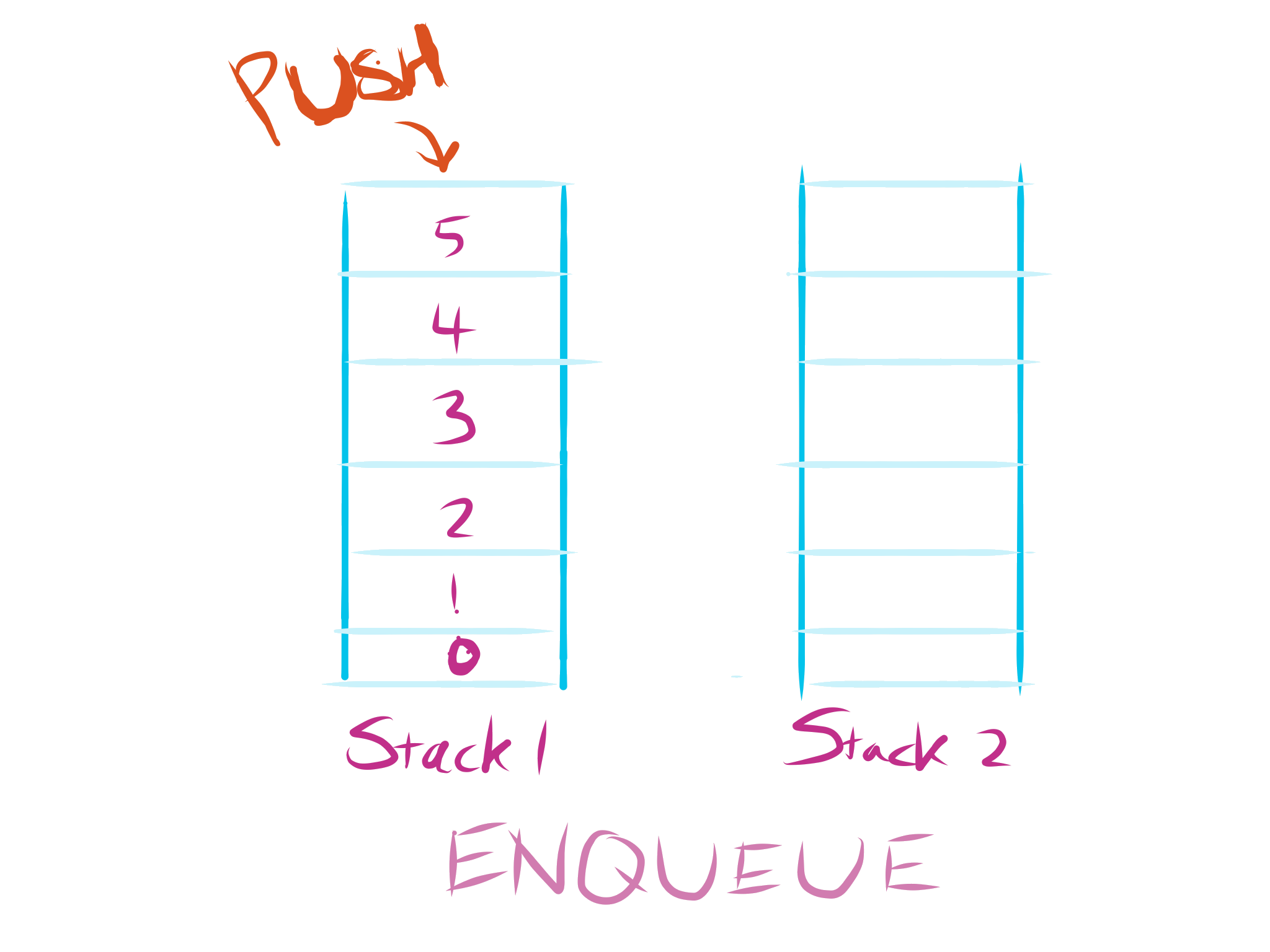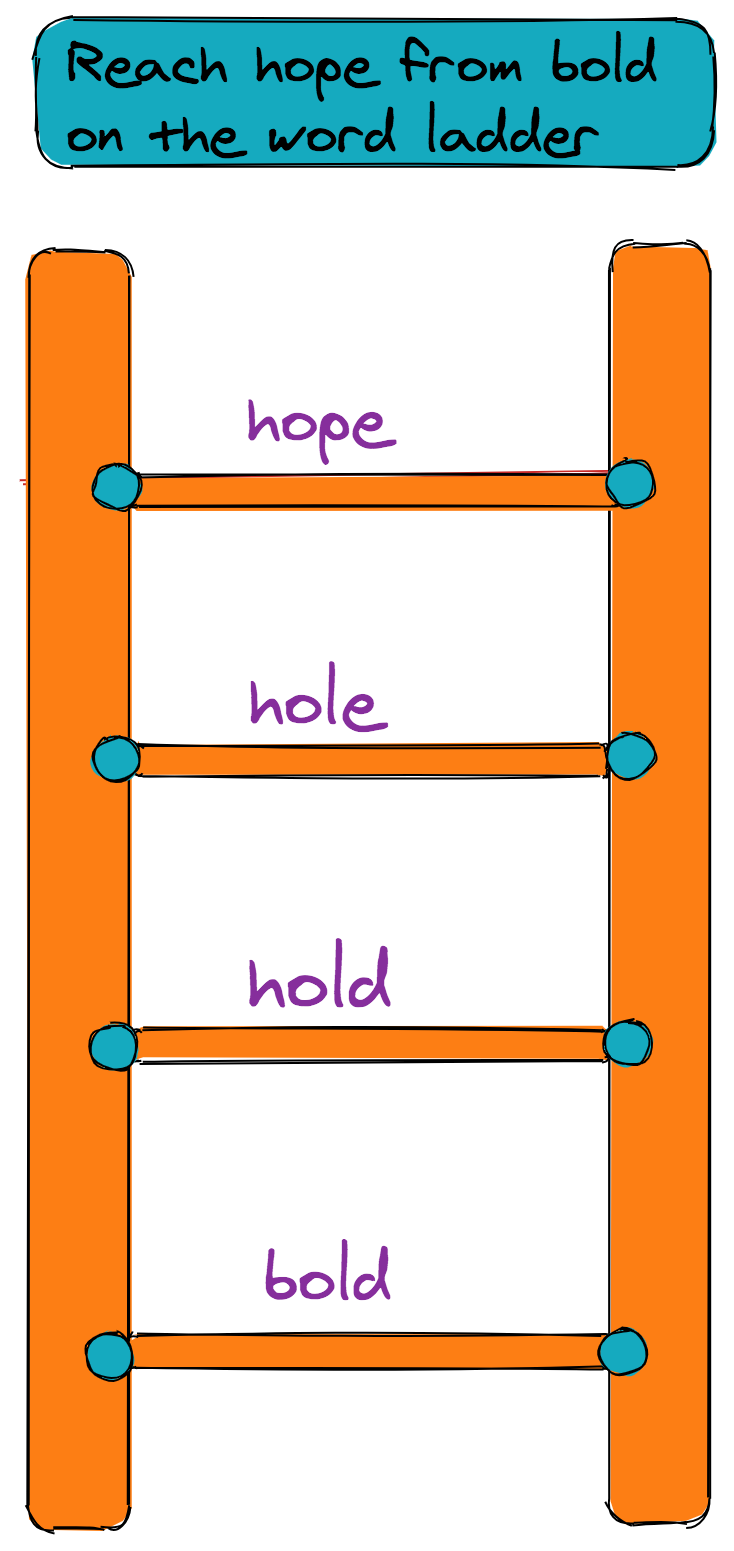- Essentials
- Specialties
- Nontechnical
- Personalized
- Generate a Custom Course 🪄
- Guided
- 60 Day Interview Crash Course


Queues
A container of objects that are inserted and removed according to the first-in, first-out principle.

Section Menu
How do I use this section?

Cheat Sheet
- Quick summary: a sequential collection where elements are added at one end and removed from the other end.
- Important facts:
- Modeled after a real-life queue: first come, first served.
- First in, first out (FIFO) data structure.
- Similar to a linked list, the first (last added) node is called the tail, and the last (next to be removed) node is called the head.
- Two fundamental operations are enqueuing and dequeuing:
- To enqueue, insert at the tail of the linked list.
- To dequeue, remove at the head of the linked list.
- Usually implemented on top of linked lists because they're optimized for insertion and deletion, which are used to enqueue and dequeue elements.
- Pros:
- Constant-time insertion and deletion.
- Cons:
- Access and search are
O(n).
- Access and search are
- Notable uses:
- CPU and disk scheduling, interrupt handling and buffering.
- Time complexity (worst case):
- Access:
O(n) - Search:
O(n) - Insertion (enqueuing):
O(1) - Deletion (dequeuing):
O(1)
- Access:
- See also:










